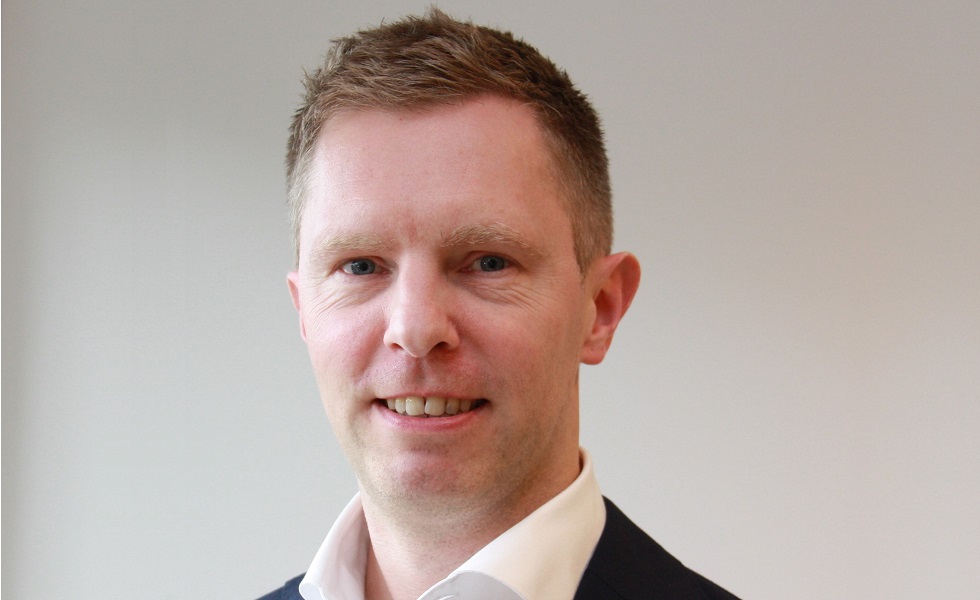Renze Munnik: No complaints, no problem?
Renze Munnik: No complaints, no problem?

This column was originally written in Dutch. This is an English translation.
By Renze Munnik, Risk Management Consultant at Probability & Partners
Most people can name one or more scandals regarding unsafe situations at work, sports, et cetera. Situations where people felt physically, socially and/or psychologically unsafe in the environment they were in.
All those examples show that such a situation usually lasts for a very long time, until at a certain point someone dares to speak out and gets the ball rolling. And then it always turns out to be only the tip of a very large iceberg, that also appears to have been there for a long time.
It's good that people are speaking out. And it is good that it is being investigated and action can be taken. But it is better to prevent it.
Soft controls
To prevent such situations, one needs measures that ensure the environment becomes and remains safe.
Soft controls, it's almost a contradiction in terms. It is about behavior, about intangible or less tangible matters, but one does want to control and direct it. So let me stick with this term for now. The term comes from the audit angle, where we want to check whether all procedures are being followed, whether everyone is doing what has been agreed, demonstrate what has been done (or not), demonstrate whether or not something went well. In audit terms: whether something meets the standard.
And that is precisely the challenge with soft controls. In creating a safe environment.
Coming up with soft controls is not necessarily the most difficult task. One can easily think up a number of 'buys in', such as exemplary behavior, transparency, inclusiveness and tone at the top. These kind of 'expletives' or one-liners are also often the level at which it stops.
The introduction of soft controls is more difficult. It that case you have to make it concrete. So what is good exemplary behavior? And does that differ per person or per function? What is the desired tone at the top? What exactly does inclusivity look like? And what steps are we going to take to get there?
And then the superlative: how are we going to measure this? How are we going to demonstrate this? For example, how do you come up with a ‘dashboard’?
Measuring is knowing
I'm not saying this because I think everything should be quantified. I'm not saying this because I think one should reduce people's behavior to numbers. On the contrary, I say this because if you want to give people a safe environment, you really need to be able to know what the environment is like. You can take action, you can write policy, you can make agreements, but how do you know whether all this has the desired effect? How do you know that a safe(r) environment is indeed being created for your colleagues/employees?
Unfortunately, this is not as easy as measuring the physical environment. When it comes to climate, you can measure the temperature, the air quality, the precipitation, the wind, et cetera. But in an organization you cannot hang a thermometer that measures the atmosphere. You cannot weigh the workload. You cannot count how many people are afraid to speak up against the manager.
How is one going to ensure that one really has a reliable picture of how things are in the organization? Sure, if there is a scandal and an extensive investigation is conducted, one will gain a great deal of insight. But first of all, it confirms what one already knew: things are not going well. And secondly, that is a one-off survey, after all, one doesn't conduct such a survey every year.
One can arrange everything well procedurally. Every opportunity is offered to report abuses. Suppose the number of complaints then decreases. Can one then conclude that things are getting better? In an earlier column I wrote about the log file of an IT system. An empty log file does not necessarily mean that nothing went wrong. It may actually mean that things are even more wrong than you think. And that is also the case in the organization.
In that column I indicated that the focus should not be on providing insight into undesirable behaviour, but more on rewarding desirable behaviour. And I still stand by that. In the context of the soft controls, I still think it works better to encourage the positive. But ones does need to know whether the actions have the desired effect. One will have to be able to measure how the organization is doing. Surveying employee satisfaction every year is really not the right tool for this. People who, because of the culture in the organization, do not dare to report to a confidential advisor, really do not indicate in such a survey what they encounter.
Prevention
As a risk manager, compliance officer and auditor, I also see that challenge. It is much more difficult to address someone about something that cannot be quantified and made concrete. A good way to gain insight into how the situation with the organization also makes the conversation about it a lot easier: one sees what it is like, one can form an opinion about it and one can exchange ideas about it.
I think that is the challenge before laying before us. To develop a good thermometer that we can put into the organization. A scale that allows us to weigh the effect of our actions. Because if we can measure it properly, we can also prevent more. So take action especially if there is or appears to be no reason to do so. Prevention is better than cure. And in situations like this I also think that healing is often not (entirely) possible.
Probability & Partners is a Risk Advisory Firm that provides integrated risk management and quantitative modeling solutions to the financial industry and data-driven companies.










